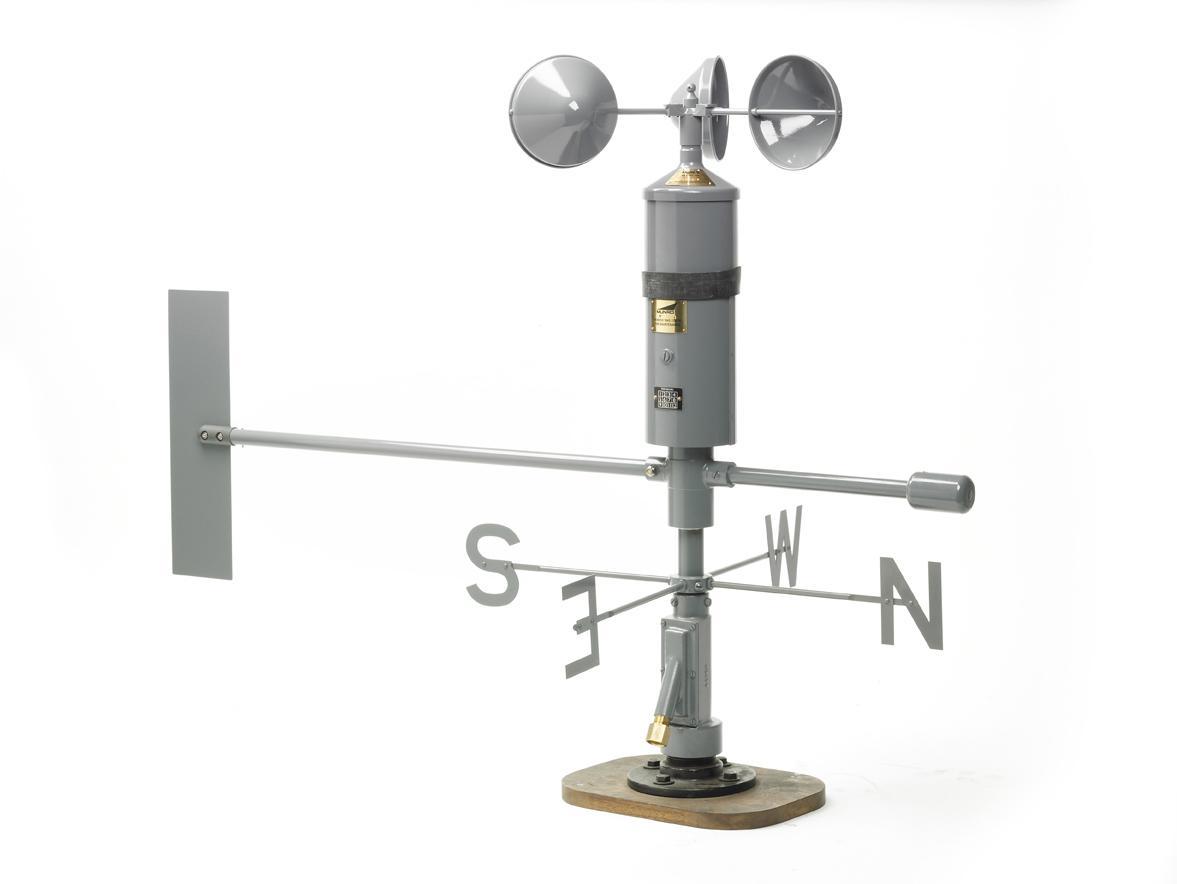Recognizing Different Sorts Of Anemometers for Various Applications
Recognizing Different Sorts Of Anemometers for Various Applications
Blog Article
All You Need to Understand About Anemometers: Exactly How They Function, Why They Matter, and Where to Utilize Them
Anemometers, though frequently ignored in the world of clinical tools, play an essential function in various fields, providing valuable understandings right into wind speed and air movement patterns. Comprehending the auto mechanics behind these tools is crucial for anybody looking for to harness the power of this data. From meteorologists tracking weather condition patterns to designers developing frameworks with wind loads in mind, the applications of anemometers are diverse and significant. As we dig right into the intricacies of anemometer modern technology, we will discover the internal operations of these devices, their relevance, and the vital considerations when choosing the best anemometer for specific applications.

Anemometer Fundamentals
An essential instrument made use of to gauge wind rate and direction, the anemometer plays an important role in meteorology and different industries. An anemometer generally is composed of three or four mugs that revolve in the wind, a vane that aims right into the wind, and sensors to track the activities or rotations. By calculating the turnings or motions over a particular amount of time, the anemometer can determine wind rate. The vane assists identify wind instructions by directing into the wind, providing useful data for weather projecting, aviation, maritime procedures, environmental surveillance, and wind energy applications.
There are various types of anemometers readily available, consisting of cup anemometers, vane anemometers, hot-wire anemometers, and sonic anemometers, each with its special attributes and applications. Cup anemometers are typically utilized for standard wind rate dimensions, while vane anemometers are preferred for directional measurements.
Principles of Anemometer Operation
Structure on the fundamental understanding of anemometer fundamentals, the principles of anemometer procedure illuminate the mechanics behind wind rate and instructions measurements. Mug anemometers, for circumstances, have 3 or more mugs that catch the wind, causing them to rotate faster as the wind rate rises. Hot-wire anemometers depend on a heated cord that cools down as wind passes over it, with the rate of cooling figuring out the wind rate.
Significance of Anemometers
Anemometers play a go to website vital duty in measuring wind rate and instructions, providing important data for climate projecting, climate researches, environmental surveillance, and aviation operations. Meteorologists count on anemometers to gather exact wind data, helping them comprehend weather condition patterns, anticipate storms, and issue prompt cautions to the public. Wind ranch operators utilize anemometers to assess wind conditions and optimize electricity manufacturing from wind turbines.
Applications Throughout Different Industries
In the eco-friendly energy market, anemometers play an essential duty in evaluating wind problems for wind farm positionings, ensuring ideal energy manufacturing. Industries like construction and mining make use of anemometers to monitor wind rates, essential for safety methods, specifically when working at heights or in open-pit mines where solid winds can posture threats. In agriculture, anemometers aid farmers in managing crop splashing by offering real-time information on wind rate to avoid drift.

Choosing the Right Anemometer for Your Demands
Selecting the proper anemometer tailored to your details demands is vital for obtaining accurate wind speed and instructions measurements. When picking an anemometer, take into consideration aspects such as the designated application, needed dimension variety, ecological conditions, and desired functions. For basic functions, a mug anemometer appropriates for gauging wind speed, while a vane anemometer gives wind direction information. Hot-wire anemometers are excellent for reduced airspeed measurements, and ultrasonic anemometers provide high accuracy and durability.

Conclusion
In verdict, anemometers play an important role in gauging wind rate and instructions across different markets. It is vital to consider the value of anemometers in order to make enlightened choices when choosing the most appropriate tool for measuring wind problems.
There are different types of anemometers offered, consisting of cup anemometers, vane anemometers, hot-wire anemometers, and sonic anemometers, each with its special functions and applications. Cup anemometers are typically used for standard wind rate measurements, while vane anemometers are favored for directional dimensions. Hot-wire anemometers are ideal for low airspeeds, and sonic anemometers are perfect for high-precision dimensions in research study and commercial setups.Structure on the foundational understanding of anemometer basics, the concepts of anemometer procedure useful reference illuminate the auto mechanics behind wind rate and direction dimensions. For general purposes, a mug anemometer is ideal for gauging wind speed, while a vane anemometer offers wind instructions information.
Report this page